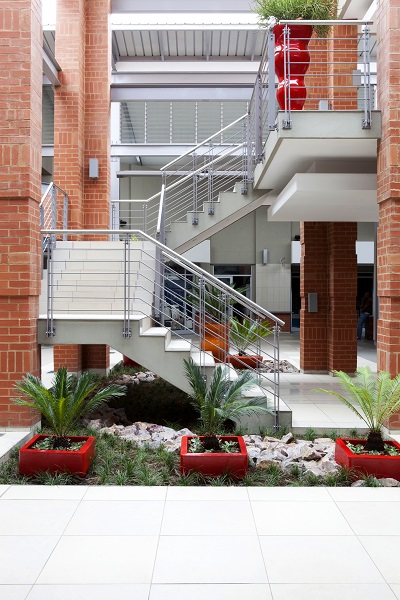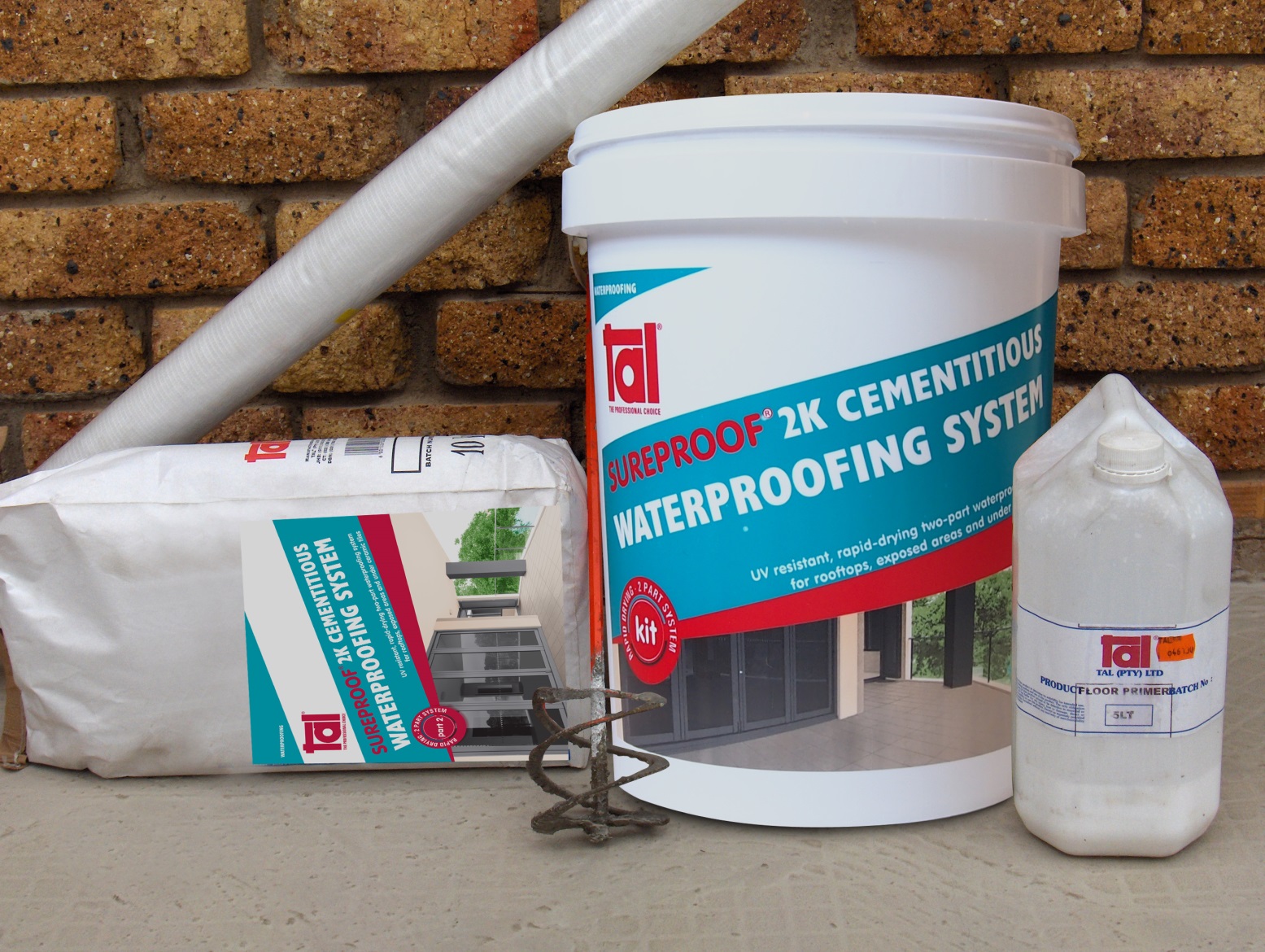How to identify and prevent water damage to tiled surfaces
Most tiles have the capability of absorbing water. Luckily we can help you to identify water ingress before it is too late and the damage has been done. We can also advise you on how to prevent and deal with water damage correctly.

The structure of the tile and the way it has been manufactured will determine how much water it can absorb. Handmade terracotta tiles for example, are fired at low temperatures, resulting in the body of the tile being porous and therefore having a higher water absorption rate (about 15%) than say a ceramic or porcelain tile.
The glaze finish on the face of glazed ceramic tiles is impervious to water; however, if there are undetected cracks in the glaze, water may permeate through these cracks into the tile body (which isn’t glazed). This means that the back of the tile (termed the ‘base’ or the ‘biscuit’ of the tile) can absorb water.
Detecting the problem
The surface of a glazed tile is similar to a semi-transparent glass finish. Should there be moisture ingress into the tile installation, the face of the tile, particularly light-coloured ceramic tiles with a transparent glaze, will change colour, and appear darker than the surrounding tiles. When this happens you will know that your tiles are exposed to an excess of moisture.
What can cause the problem?
- Most instances of water absorption in tiles will take place in showers, bathrooms, kitchens and outdoor areas and the reasons could be as follows:
- The shower recess or balcony was not waterproofed before tiling.
- Incorrectly applied waterproofing compounds.
- A leak in the water pipes behind the tiling.
- The floor water outlet is not draining water properly and as such it is flooding.
- Incorrectly applied grout which is not sealed, or cracks in the grout itself.
What can be done?
Water damage should be attended to as soon as a problem is detected. Water permeating through the grout and adhesive into the substrate can cause damp patches on adjacent walls or on the ceilings of rooms below the installation. There is also a risk of mould growth.
Follow these steps:
- Get a plumber in to determine if there is a leak in the pipe-work or taps. Leakages must be repaired as soon as possible.
- Consult a professional tiling contractor to determine if the problem is caused by a lack of waterproofing, failed waterproofing, cracks in tile glaze, and/or cracked or soft grout.
- Should the wet area be tiled with porous tiles such as unglazed ceramics, or natural stones including travertine, slate and marble, consider sealing the tiles with a suitable tile sealer.
- Once the problems are rectified and the tiles are allowed to dry out, the dark shading will disappear. Porous tiles, such as those mentioned above, should be allowed to dry completely before being sealed, as sealing the tiles whilst still saturated with water could trap the moisture beneath the sealant, or prolong the drying-out process.
- In extreme cases, especially if waterproofing has failed, the tiles will have to be removed and reinstalled. (See our article on How to waterproof a shower)

Our next article will focuses on crumbly and soft grout and what to do about it.
Keep an eye on our Facebook page, Twitter and blog to ensure you don’t miss out on other handy information.
[Back]
blog comments powered by Disqus

